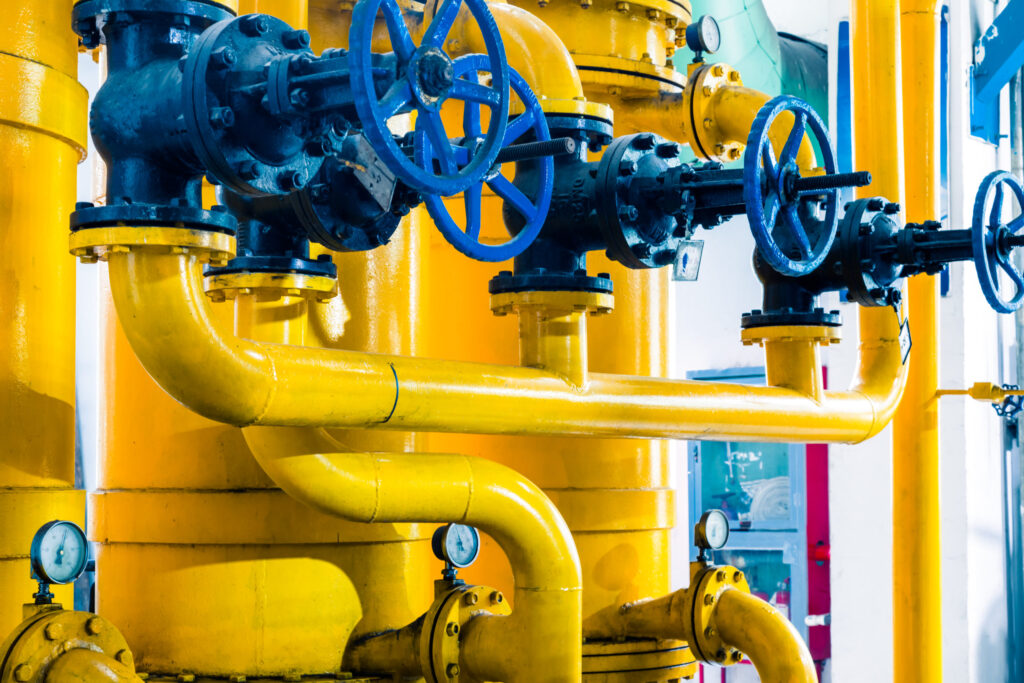4 Use Cases of Predictive Analytics in Oil and Gas Industry
For oil and gas businesses operating at the highest levels of efficiency while keeping costs in control and increasing productivity is a challenging task. Since oil and gas organisations are asset rich in nature, equipment safety and reliability becomes significantly important. To limit downtime and minimize risks, oil and gas companies are leveraging industrial data and advanced analytics. This helps in predictive maintenance execution consequently empowering people to act before equipment failure occurs. 1) Smarter Maintenance: Oil and gas operations require a diverse set of complex and critical assets throughout the upstream, midstream and downstream processes. These assets include offshore pumping station, compressor, drilling rig, transportation equipment, pipeline booster station etc. Monitoring health and performance of such assets presents a substantial challenge when oil and gas operations are remotely located. Real-time asset health data and performance insights can be used to take informed decisions that drive efficiencies, mitigate risks and improve competitive advantage. Reactive Maintenance (RM): This is the most basic approach which involves letting an asset run until failure. It is suitable for non-critical assets that have little to no immediate impact on safety and have minimal repair or replacement costs so that they do not warrant an investment in advanced technology. Preventative Maintenance (PM): This approach is implemented in hopes that an asset will not reach the point of failure. The preventative maintenance strategy can be formulated on a: fixed time schedule or operational statistics and manufacturer/ industry recommendations of good practice. Preventative maintenance can be managed in the Enterprise Asset Management (EAM) or Computerized Maintenance Management System (CMMS). Condition-Based Maintenance (CBM): CBM is a proactive approach that focuses on the physical condition of equipment and how it is operating. CBM is ideal when measurable parameters are good indicators of impending problems. CBM follows rule-based logic where rule defines a certain condition and these rules do not change depending on loading, ambient or operational conditions. Predictive Maintenance (PdM): Predictive maintenance is implemented for more complex and critical assets. It relies on the continuous monitoring of asset performance through sensor data and prediction engines to provide advanced warning of equipment problems and failures. PdM typically uses Advanced Pattern Recognition (APR) and requires a predictive analytics solution for real-time insights of equipment health. Risk-Based Maintenance (RBM): RBM enables comprehensive decision making to plant operations and maintenance personnel using PdM, CBM and PM outcomes. This leads to a reliable and safe planning for maintenance and the operation of equipment or assets. 2) Predictive Analytics Predictive analytics together with PdM can lead to the identification of issues that may not have been found otherwise. According to research by ARC Advisory Group, only 18 percent of asset failures had a pattern that increased with use or age (Rio, 2015). This means that preventive maintenance alone is not sufficient to avoid the other 82 percent of asset failures, and a more advanced approach is required. Predictive analytics software keeps a track of historical operational signatures of each asset and compares it to real-time operating data to detect even the precise changes in equipment behavior. This approach helps in taking corrective actions by identifying changes in system behavior well before traditional operational alarms. 3) Health and Performance Optimization With Predictive asset analytics software solutions, oil and gas organizations get early warning notifications of equipment issues and potential failures which help them to take corrective measures and improve overall performance. How Predictive Asset Analytics software solutions work? The software learns an asset’s unique operating profile during all loading, ambient and operational conditions through the advanced modeling process. The result of the modeling process is a unique asset signature that is compared to real-time. This comparison uses operating data to determine and alert upon detection of subtle deviations from expected equipment behavior before they become problems that significantly impact operations. Such software are able to identify problems days, weeks or months before they occur and provide early warning notifications of developing issues. Together, this helps the plant and operations personnel to be proactive to reduce unscheduled downtime. This proactive approach leads to better planning and helps in reducing maintenance costs as parts can be ordered and shipped without rush and equipment can continue running. Other benefits include increased asset utilisation and the ability to identify under performing assets. Not only do companies improve their profitability by extending equipment life, lengthening maintenance windows, and increasing asset availability, other benefits are realised when considering the costs that “could have been,” including replacement equipment, lost productivity, additional man hours, etc., when a major failure is avoided. Another increasingly important benefit is the capability for knowledge capture and transfer. Predictive asset analytics solutions ensure that maintenance decisions and processes are repeatable even when organizations are faced with transitioning workforces, and the loss of experienced workers with critical institutional knowledge of the operations and maintenance of the organisation’s facilities. 4) Smarter Operations Internet of things has potential to create tremendous business value by enabling smarter equipment integration that creates increasing amounts of data. Oil and gas companies are faced with both challenges and opportunities to leverage that data to mitigate risk and improve productivity. With the help of predictive analytics, they can ascertain and comprehend actual and expected performance for an asset’s current ambient, loading and operating conditions. This information helps enterprises in: Source: http://software.schneider-electric.com/pdf/industry-solution/predictive-analytics-for-improved-performance-in-oil-and-gas/



